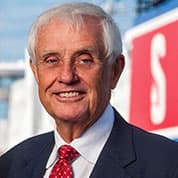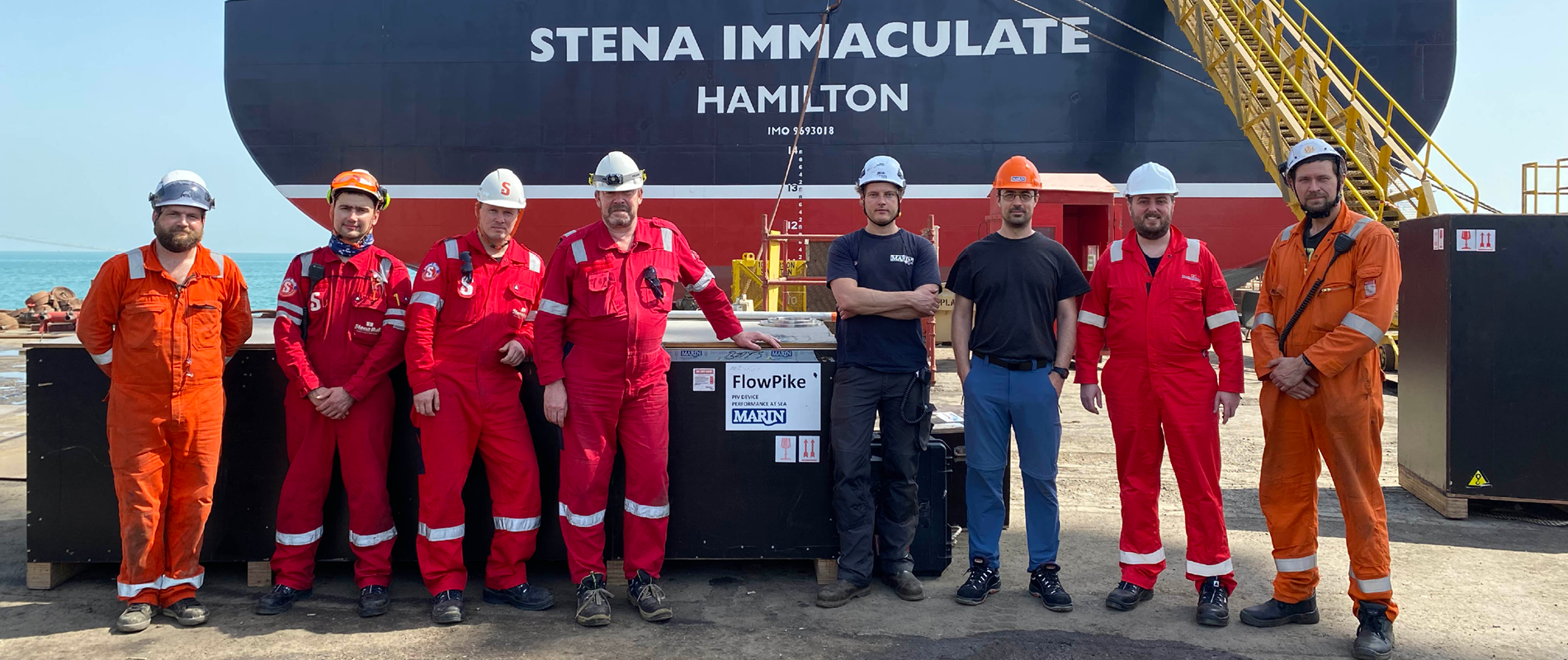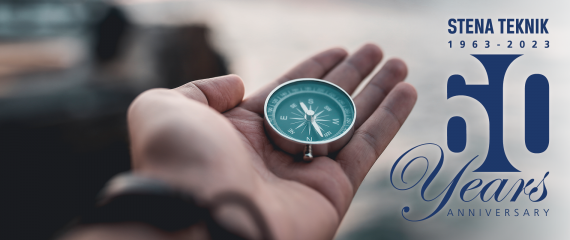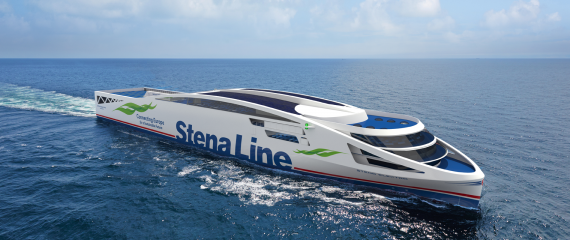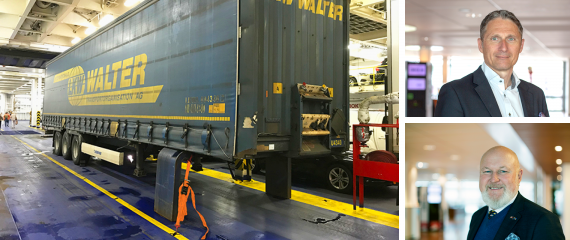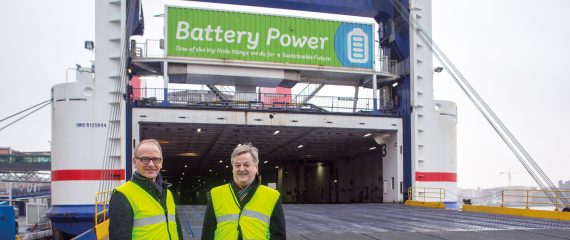STENA COMPANIES JOIN FORCES IN
PROJECT FOR THE FUTURE
Energy efficiency is a hot topic, and nowhere more so than in the shipping industry. This is why Stena has joined JoRes, a joint research project that aims to develop an industry-recognised benchmark for Ship Energy Efficiency Solutions.
“We’re seeking to bridge the knowledge gap when it comes to calculating ship performance using digital tools,” comments Jacob Norrby, Head of Newbuilds and Projects at Stena Teknik.
Norrby explains that JoRes, led by the Maritime Research Institute Netherlands (MARIN), seeks to validate digital models for predicting vessel performance, in order eventually to be able to use them as a verified replacement for real-world data.
PERFORMANCE OPTIMISATIONS
This will allow shipping companies to verify performance optimisations in a way that is significantly more time-, cost- and resource-efficient than it is today. This, in turn, will ultimately enable them to enhance energy efficiency and cut emissions.
In the words of JoRes project manager, Dr. Dmitriy Ponkratov: “The validation of these numerical methods will enable future naval architects to build more energy-efficient vessels than the ones we have today.”
Norrby agrees: “We’re striving to increase confidence in numerical methods and create a basis to further ship performance improvement and industry digitalisation,” he says.
So, how is this done?
Dr. Ponkratov explains that, up to now, there has never been a reliable and accurate instrument to measure the flow around a vessel – which is one of the key parameters for evaluating performance efficiency.
“How are we then supposed to optimise the ship hull and propulsion system if we do not know the details of the flow?” he asks.
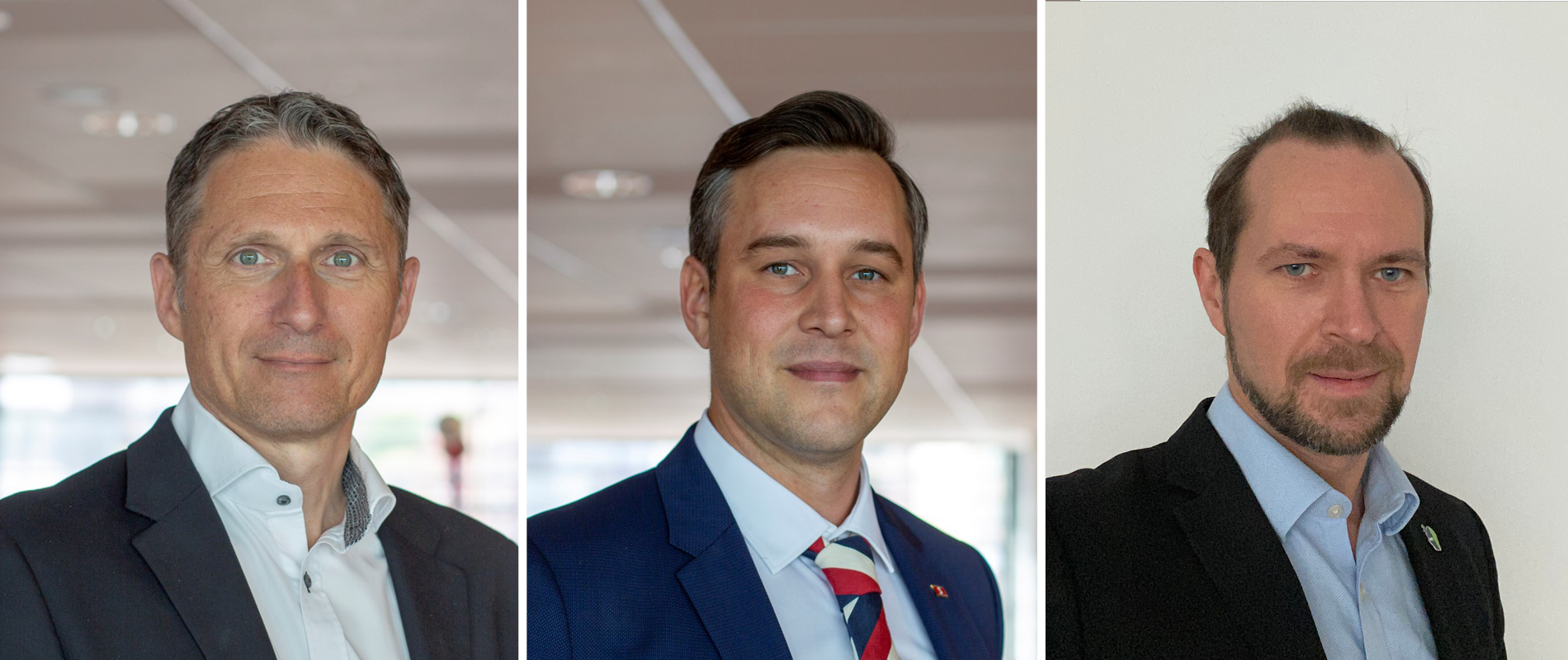
Jacob Norrby, Stena Teknik | Daniel Edvall, Stena Bulk | Dr Dmitriy Ponkratov, JoRes
PARTICLE IMAGE VELOCIMETRY
The scientists at MARIN may have found the solution. Their method involves installing Particle Image Velocimetry (PIV) measurement equipment above the propeller of a ship. PIV is a technique that uses a strong light source (typically a laser) to illuminate particles contained in a 2D plane of the flow. The reflected light is captured by high-speed cameras, after which the particle images are analysed to determine the velocity field in the part of the flow illuminated by the laser.
In March this year, the PIV equipment was installed on the Stena Immaculate in the Port of Mina Salman, Bahrain, after which a series of open-sea tests were carried out in the Persian Gulf. A method called Computational Fluid Dynamics (CFD) was then used to calculate the flow around this particular hull for the exact conditions of the tests.
The end goal? To compare the CFD results with actual PIV flow measurements and validate numerical methods that can be reliably used for future hull designs.
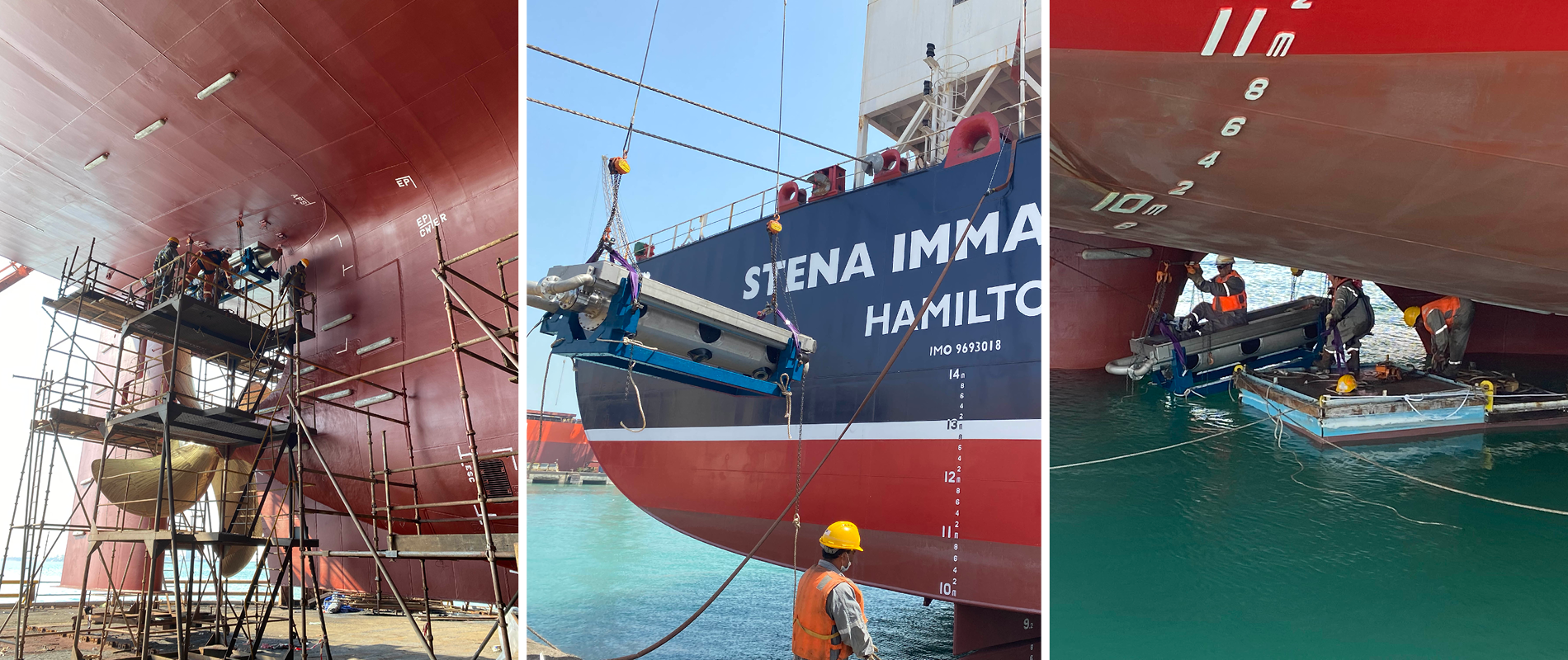
The Particle Image Velocimetry being installed on the Stena Immaculate
TEAM EFFORT
Stena Teknik is just one of the Stena companies involved in the JoRes project, which began in 2019 and is slated for completion in 2023. The others are Stena Bulk and Northern Marine Management.
Jo Pendleton, a project manager with Northern Marine Management, was responsible for coordinating all the activities and bringing the stakeholders from Stena and MARIN together in the Middle East.
“As the facilitator, it was my job to put the clever people together in the right place at the right time,” she says, adding that she is proud to have been part of such an important project.
As for Stena Bulk, its contribution was perhaps the most crucial of all: the vessel itself.
“We believe it’s in our best interest that the industry takes steps to improve energy efficiency,” comments Daniel Edvall, Manager Fleet Operations, Stena Bulk, adding: “As ship owners, we pride ourselves on contributing to research. If we can use one of our vessels for a short period of time to aid the research society for a better future, then we’ll try to make that happen.”
COLLABORATION IS KEY
Everyone agrees the collaboration was a major factor in the success of the project.
“Stena’s support was just amazing,” says Ponkratov, who has never met the Stena team in person due to Covid-related constraints. “We’re grateful for the time and resources they were able to dedicate.”
“It was a huge team effort,” confirms Norrby.
“Looking at Stena and the individuals involved, I think it demonstrated the fantastic entrepreneurial and problem-solving skills in our company,” adds Edvall.
“I wish all my projects were like this,” concludes Pendleton. “We had a great team, and it was so enjoyable, although it involved hard work and a lot of head-scratching.”

